Blog
Social Media
found you through feed meaning, found you through linkedin profile reddit, found you through linkedin recommendations, found you through messaging linkedin, found you via linkedin profile meaning, found you via linkedin profile reddit, linkedin found you through a company page, linkedin found you through homepage
Admin
0 Comments
Found You via LinkedIn Profile: What It Really Means
It happened in a split second. You logged into LinkedIn and saw it: “Found you via LinkedIn profile”. You paused. What does it mean? Who found you? And why? That notification is more than a curiosity: it’s a signal. A sign that someone discovered you through the web of professional connections, suggestions, and search paths that LinkedIn weaves.
In this article, you’ll journey into how LinkedIn shares that message, what it really means, how you should respond, and most importantly, how you can turn such discoveries into meaningful connections, career growth, and business opportunities. You’ll see real-world examples, analogies, and a clear roadmap. If you’ve ever wondered how people really find you on LinkedIn or how you can make sure they do, you’re in the right place.
What Does “Found You Through LinkedIn Profile” Mean?
The notification explained
When you open your LinkedIn dashboard and click Who Viewed Your Profile, you may see a viewer’s name along with a note: “Found you via LinkedIn profile.” According to multiple sources, this means the viewer came across your profile by browsing someone else’s profile (or a network suggestion) rather than by directly searching for your name. engage-ai.co+1
In other words, instead of typing your name in the search bar, they might have clicked from a People Also Viewed widget, a mutual connection’s profile, or even a suggested profile sidebar. Jolly Marketer. The phrase can feel vague, but the underlying insight is: your profile appears in the flow of LinkedIn’s recommendation system.
Why it matters
You might dismiss it as merely one more notification. However, this kind of view signals something important: you are visible in others’ networks. You are showing up when they browse related profiles. That means your profile is doing its job, not just discovered via direct search, but surfaced organically.
Think of it like this: you’re at a networking event and someone points you out to a friend because they thought “you both should meet”. That’s what “found you via profile” captures online. The recommendation mechanism did the pointing.
The Pathways to Discovery on LinkedIn
LinkedIn tracks multiple ways people can find your profile. Understanding these paths helps you optimize your presence deliberately. According to experts and analyses:
- Found you via LinkedIn profile – you were shown as a suggestion from someone else’s profile. 99Firms.com+1
- Found you via LinkedIn search – someone used the search bar with keywords or your name and found you. linkedintraining.co.uk+1
- Found you via LinkedIn homepage – your content or your name appeared on someone’s feed/home page, and that led them to you. engage-ai.co
- Found you via LinkedIn company page – someone found your profile through a company page you are connected with or have engaged with. 99Firms.com
- Found you via other – through Google search, outside links, messaging, etc. TechNab
Analogy: The networking party
Imagine a professional conference. You could meet someone by:
- walking up and introducing yourself (search)
- being pointed out by a colleague (profile suggestion)
- noticing your name on a bulletin board listing attendees (homepage feed)
- being recommended because you work for a particular company (company page)
All paths lead to discovery; what matters is being discoverable.
Why “Found You Via Profile” Is Unique
Less direct, more layered
When someone finds you via your profile rather than a direct search, the relationship is subtler. They likely didn’t set out specifically to find you by name. Instead, they were browsing profiles of people like you, or within your network constellation. That means your profile is part of a larg
er ecosystem of relevance.
A signal of relevance, not just recognition
Because it’s algorithmic and recommendation-based, this kind of discovery indicates you match patterns of interest. Perhaps your headline, skills, or activity link you to others in your field. So, “via profile” means you’re part of the conversation, not only the target.
Opportunity to reach beyond your immediate network
If you appear in someone’s feed via another person’s profile, you’re tapping into second- or third-degree networks. That expands your exposure. It’s like being cited in someone else’s blog and drawing new readers who don’t yet know you.
Real-World Case Study: Turning Discovery into Connection
Let’s imagine Sarah. Sarah works in digital marketing. She recently optimized her LinkedIn profile with a crisp headline: “Content & Growth Marketer | Helping SaaS firms double organic traffic”. She used keywords like “SaaS”, “growth marketer”, “organic traffic” across her About section.
One day, Sarah checks Who Viewed Your Profile and sees: “Michael Smith – Found you via LinkedIn profile”. Michael is a director at a SaaS company she’s never met. Instead of ignoring the notification, Sarah sends him a polite message:
“Hi Michael, thanks for viewing my profile. I noticed you’re working in the SaaS growth space. I’d love to learn what growth strategies you’re prioritizing at [Company] right now…”
Michael replies. They schedule a 15-minute chat. Sarah offers a small insight she recently wrote about SaaS content funnels. Michael thanks her, later introduces her to his head of marketing, and two weeks later, Sarah lands a consulting project.
Key lessons:
- The “Found you via…” notification indicated relevance.
- Sarah followed up with a message (not a hard sell).
- The conversation led to a real network opportunity.
You can replicate this process: stay curious, follow up respectfully, create value.
How to Optimize Your Profile so You’re More Likely to Be Found
1. Use strategic keywords
Just as profile searches rely on keywords, the algorithm that surfaces your profile via suggestions also uses signals such as job titles, skills, and industries. If you include meaningful keywords in your headline, About section, and experience, you improve your odds. blog.sellhack.com
2. Maintain a complete and active profile
LinkedIn features you more when you fill out your sections, show relevant experience, and engage in activity. A profile that is blank or inactive is less likely to surface in suggestions. engage-ai.co
3. Engage meaningfully
Commenting, liking, and sharing posts help you appear in others’ feeds. If your engagement sits next to your name, viewers might click into your profile—and the “found via profile” path activates. 99Firms.com
4. Leverage common connections
If you have mutual connections with someone in your target network, you could appear in the People Also Viewed section of their profile. This can lead to discovery without direct outreach. Think of it like being introduced by association.
5. Craft a clear, authentic headline
Your headline should tell people what you bring. Instead of “Consultant”, try “Growth Consultant • SaaS Content Strategy • Driving 2× Organic Leads”. This signals relevance to people browsing your network.
6. Post content and react strategically
When you post articles or insights related to your expertise, your network sees your name. That draws visitors to your profile and can boost suggestion-visibility. The more you’re present, the more the algorithm suggests you.
What to Do When You See “Found You Via Profile”
Rather than ignore the notification, use it as a prompt for action. Here’s how:
Send a friendly message
A simple note like:
“Hi [Name], thanks for viewing my profile. I noticed we share [interest/industry]. Would you be open to a short chat to exchange insights?”
This opens the door without pressure.
Review their profile
Check what they do. If they’re aligned with your goals, shape the message accordingly. If not, you can mark them as a connection for later.
Offer value, don’t sell
The point is to build a relationship. Perhaps share an article, suggest an intro, or point out a mutual resource. Over time, this can lead to collaboration, referrals, or jobs.
Track patterns
If you see many “Found you via profile” notifications from people in one sector, that tells you your profile is visible in that domain. That’s good insight, it may signal you should engage more with that community or content theme.
Update your profile based on learnings
If you notice certain people find you, think: are you showing up for the right audience? You can refine your headline, keywords, or content focus to attract your ideal contacts.
Analogy: LinkedIn Visibility as a Cityscape
Picture a city at night. Every building has lights on or off. Some buildings shine bright; others are hidden in darkness. On LinkedIn, your profile is like a building.
- If you cultivate your profile (fill in details, engage, show up), your building lights turn on.
- The platform’s algorithm (the city’s street lights) points to buildings others might visit.
- “Found you via profile” is someone glancing down the street, seeing your building from a neighboring building’s window, then deciding to stop by.
Therefore, you want your building to stand out friendly entry, a clear name sign, good lighting (engagement), and a welcoming lobby (About section). People should feel comfortable walking in.
Pitfalls & Warnings
Don’t assume intent
Just because someone found you via your profile doesn’t mean they’re ready to buy your service, hire you, or make you rich. It simply means your profile was visible. Use it as a door, not a contract.
Beware of low-quality views
Some profile views may come from recruiters, spam accounts or irrelevant browsers. Evaluate connections before sharing sensitive information. LinkedIn has been flagged for fake profiles and phishing. WIRED
Avoid keyword stuffing
While you should use relevant keywords in your profile, overloading them can harm readability and authenticity. The algorithm rewards clarity and relevance, not awkward lists of phrases.
Keep privacy in check
Your profile being found is positive, but you control how much information you share. LinkedIn lets you adjust what viewers see when they browse your profile. WIRED
The Bigger Picture: Why Visibility Matters
In today’s professional world, how discoverable you are can shape the opportunities you encounter. Platforms like LinkedIn serve as your digital reputation. Being visible isn’t just vanity, it’s strategy.
Career mobility
Whether you’re job-hunting or open to new roles, people finding your profile means you are part of the talent pool. The “Found you via…” indicators help you track how recruiters and hiring managers see you. Linkboost blog
Business growth
If you run a service, consultancy, or B2B business, discovery through LinkedIn can generate leads. When your profile surfaces in sectors you serve, you build trust and reach simultaneously.
Thought leadership & personal branding
When you are found not only via direct search but via profile suggestions, you’re part of the network’s conversation. That next level of visibility turns you into a thought leader rather than simply a name on a list.
FAQ
Q: Does “Found you via LinkedIn profile” mean they visited you from a connection?
A: Yes, often. It means the viewer reached your profile through another’s profile or suggestion system rather than a direct search. Jolly Marketer+1
Q: If I see this notice, should I always message the viewer?
A: Not always, but it’s a good opportunity. If the person appears relevant to your network or goals, a short, polite message can build connection. Otherwise, you can simply note the view and move on.
Q: Can this improve my job or business prospects?
A: Absolutely. Being discovered shows your profile meets the criteria others are searching for. With follow-up, it can turn into leads, introductions, or hiring opportunities.
Q: How can I increase the chance of being found via profile suggestion?
A: Optimize your profile with relevant keywords, stay active on LinkedIn, engage with your network, create value, and build meaningful connections. Those all increase your visibility in suggestion streams.
Conclusion
The next time you see “Found you via LinkedIn profile” pop up, pause and consider it less as a passive notification and more as an invitation. It means you are visible. You are showing up in someone else’s professional world. It means your profile is part of a connected ecosystem.
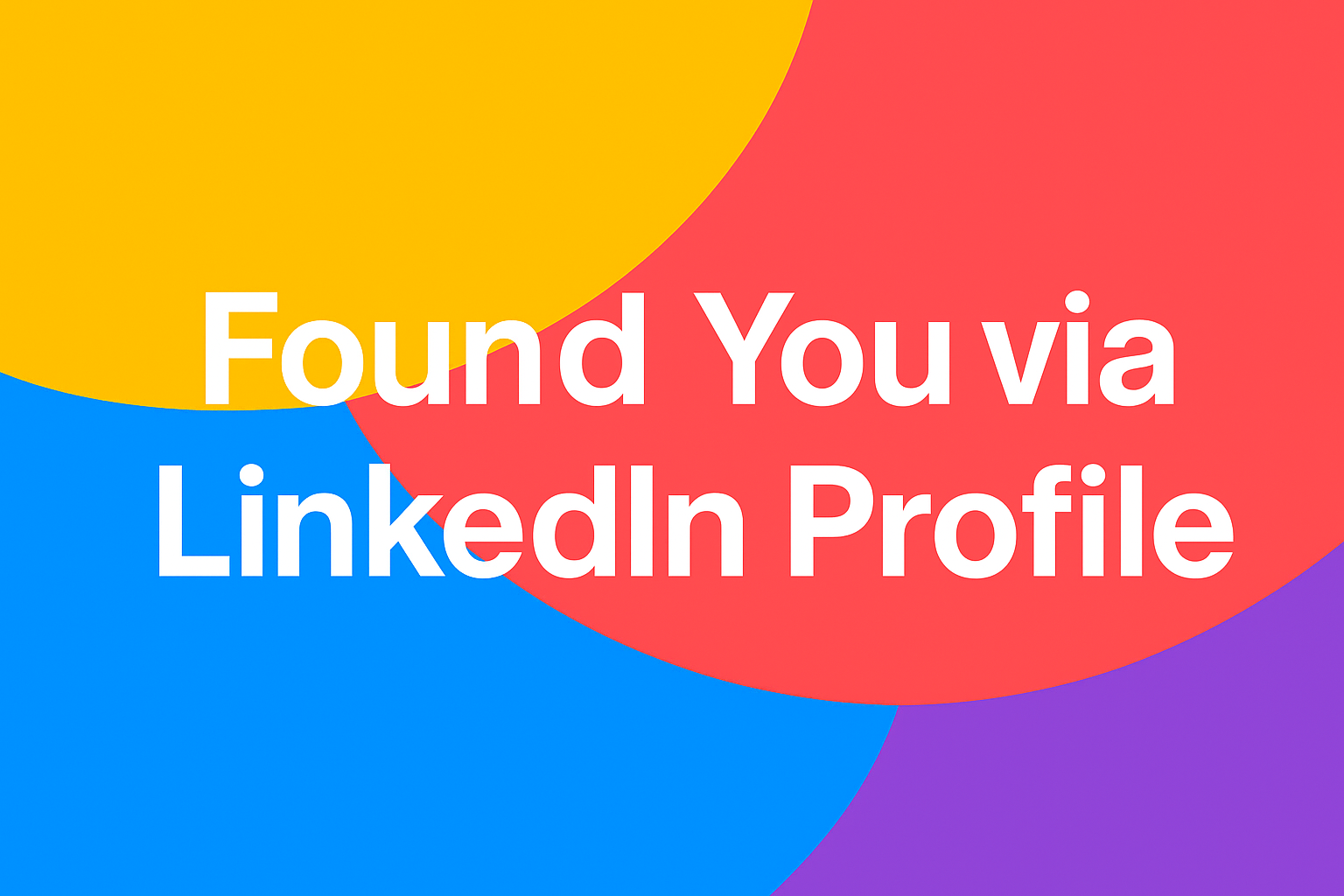

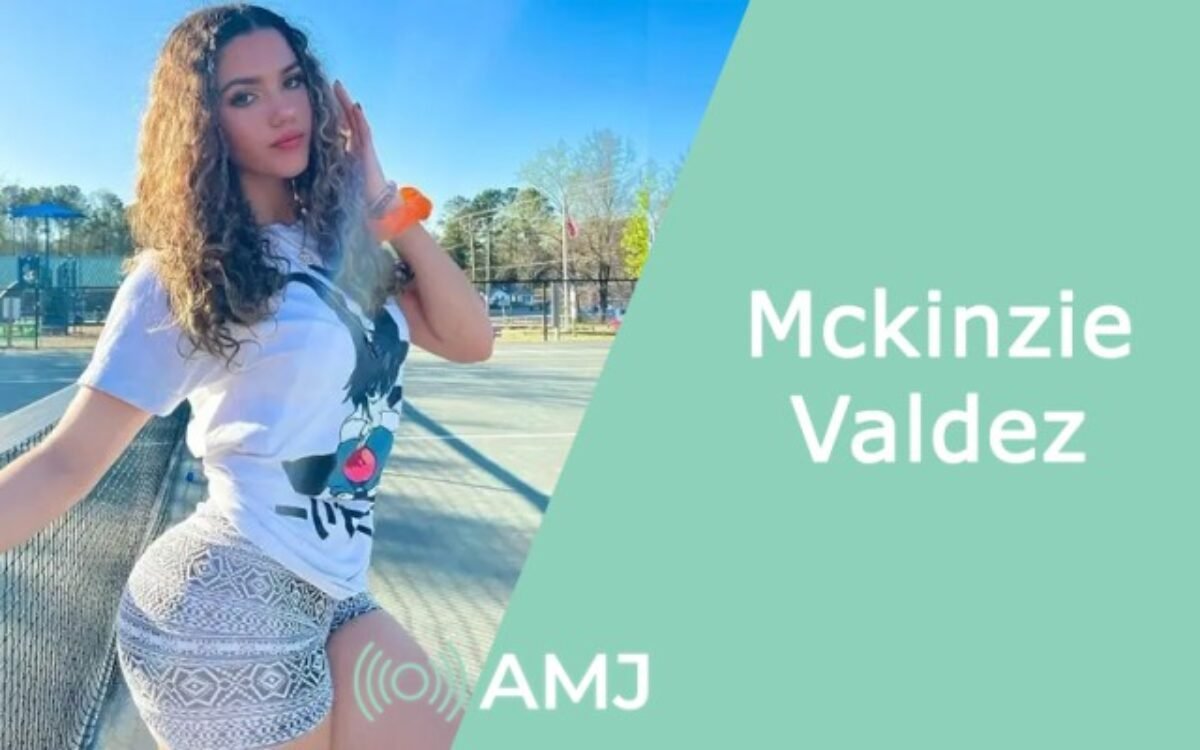



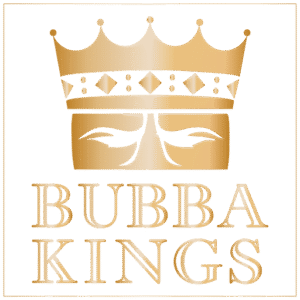
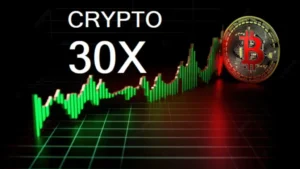

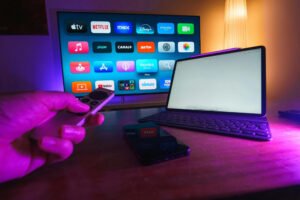


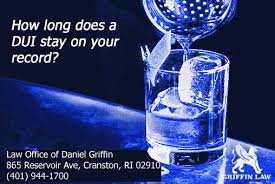

Post Comment